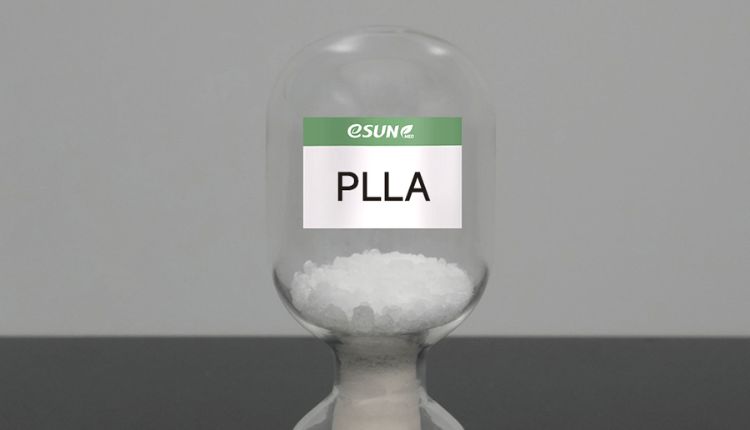PLLA, or Poly L Lactic Acid, is a biocompatible and biodegradable synthetic polymer that has gained tremendous popularity in the world of aesthetic medicine and skincare. Originally developed for use in dissolvable sutures, PLLA has evolved into a key ingredient in facial rejuvenation treatments. Its ability to stimulate collagen production makes it a powerful tool for addressing signs of aging such as sagging skin, wrinkles, and volume loss. Unlike temporary fillers, PLLA works gradually, encouraging the body’s natural regenerative processes for long-lasting results.
The Science Behind PLLA
PLLA is a type of lactic acid polymer that is both safe and effective for medical applications. When injected beneath the skin, PLLA microparticles trigger a controlled inflammatory response. This mild and temporary reaction activates fibroblasts, the cells responsible for producing collagen.
Over time, this new collagen helps improve skin texture, elasticity, and volume. The biodegradable nature of PLLA ensures that it is gradually absorbed by the body, leaving behind the newly formed collagen framework. This scientific mechanism underpins its long-term benefits, distinguishing it from traditional dermal fillers that provide only immediate volumizing effects.
PLLA in Aesthetic Treatments
One of the most recognized PLLA-based treatments is Sculptra, an injectable cosmetic product designed to restore facial volume and smooth wrinkles. Sculptra treatments are performed in multiple sessions, typically spaced a few weeks apart, allowing collagen to build gradually. Patients notice improvements in their skin’s firmness and contour over several months. Because PLLA does not fill the skin directly but rather encourages collagen synthesis, the results appear natural and can last up to two years or more.
PLLA is also used in body contouring and skin tightening procedures. In these treatments, PLLA injections can be applied to areas such as the buttocks, upper arms, and décolletage to improve firmness and texture. The growing use of PLLA in non-surgical aesthetic medicine reflects its versatility and effectiveness in addressing age-related changes without the need for invasive surgery.
Benefits of PLLA for Skin Rejuvenation
One of the key advantages of PLLA is its ability to stimulate the body’s natural collagen production. As collagen levels decline with age, skin begins to lose its youthful elasticity and fullness. PLLA helps reverse this process by replenishing collagen stores gradually. This leads to smoother skin, reduced wrinkles, and a more lifted appearance over time.
Another benefit of PLLA is its longevity. While most hyaluronic acid fillers last only a few months, PLLA results can persist for up to two years. This extended duration makes it a cost-effective option for patients seeking lasting facial rejuvenation. Additionally, because PLLA promotes natural collagen growth, the outcomes look soft and realistic rather than overfilled or artificial.
PLLA treatments also offer minimal downtime. After an injection session, patients can resume normal activities quickly, experiencing only mild swelling or redness that subsides within a few days. The gradual nature of PLLA’s effect means that improvements appear subtly, maintaining a natural progression of facial rejuvenation.
How PLLA Differs from Other Dermal Fillers
PLLA stands apart from hyaluronic acid and calcium hydroxylapatite fillers in both mechanism and longevity. Traditional fillers add instant volume by physically filling wrinkles or hollow areas. PLLA, on the other hand, acts as a bio-stimulant, encouraging the body to create its own collagen network. This difference makes PLLA ideal for individuals seeking natural and progressive enhancement rather than an immediate volumizing effect.
In addition, PLLA is well suited for treating large areas of facial volume loss rather than isolated wrinkles. It is particularly effective for restoring youthful contours in the cheeks, temples, and jawline. Because PLLA promotes internal tissue regeneration, the overall skin quality improves alongside structural restoration, providing comprehensive rejuvenation benefits.
Safety and Considerations of PLLA
PLLA has an excellent safety profile when administered by trained professionals. As a biodegradable and biocompatible material, it poses a low risk of allergic reactions or rejection. However, like any injectable treatment, PLLA requires expertise in technique and anatomical understanding to achieve optimal results. Improper injection depth or overcorrection can lead to uneven texture or nodule formation.
Before undergoing a PLLA treatment, patients should consult with a qualified medical practitioner to assess suitability. Factors such as skin condition, treatment goals, and medical history influence the choice of filler. A thorough evaluation ensures the best outcome while minimizing potential complications. Proper post-treatment care, including gentle massage and hydration, also enhances results and prevents irregularities.
PLLA in Modern Skincare and Dermatology
Beyond cosmetic injectables, PLLA is finding new applications in skincare and dermatology. Its regenerative properties make it valuable for developing advanced topical products and bioresorbable implants. Researchers are exploring PLLA’s role in wound healing, tissue engineering, and controlled drug delivery systems.
In skincare, PLLA’s collagen-stimulating potential inspires innovations in anti-aging formulations. Although topical products cannot deliver PLLA in the same way as injectables, research continues into ways to incorporate its benefits for skin renewal. This reflects the growing recognition of PLLA as more than a cosmetic compound—it represents a bridge between medical science and aesthetic enhancement.
The Future of PLLA Treatments
The future of PLLA in aesthetic medicine looks promising. As research advances, newer formulations with improved stability, injection precision, and biocompatibility are being developed. The demand for natural-looking, non-surgical rejuvenation continues to grow, and PLLA fits perfectly within this trend. Its ability to produce gradual, long-term, and natural results aligns with the evolving preferences of both patients and practitioners.
Clinics around the world are incorporating PLLA into combination therapies, pairing it with energy-based devices such as lasers and ultrasound to enhance collagen remodeling. This integrative approach maximizes outcomes, providing comprehensive rejuvenation from both inside and outside the skin. As the understanding of PLLA deepens, its applications are expected to expand further into regenerative medicine and advanced aesthetic solutions.
Conclusion
PLLA represents a groundbreaking advancement in modern aesthetic medicine, combining scientific precision with natural rejuvenation. Its unique collagen-stimulating mechanism offers long-lasting, subtle, and natural results that redefine the approach to anti-aging treatments.
Unlike traditional fillers that provide temporary corrections, PLLA encourages the body to regenerate its own youthful structure. Safe, effective, and versatile, PLLA continues to be a cornerstone of innovative skincare and cosmetic enhancement. As research progresses, it promises to play an even greater role in shaping the future of regenerative aesthetics and non-surgical beauty treatments.






